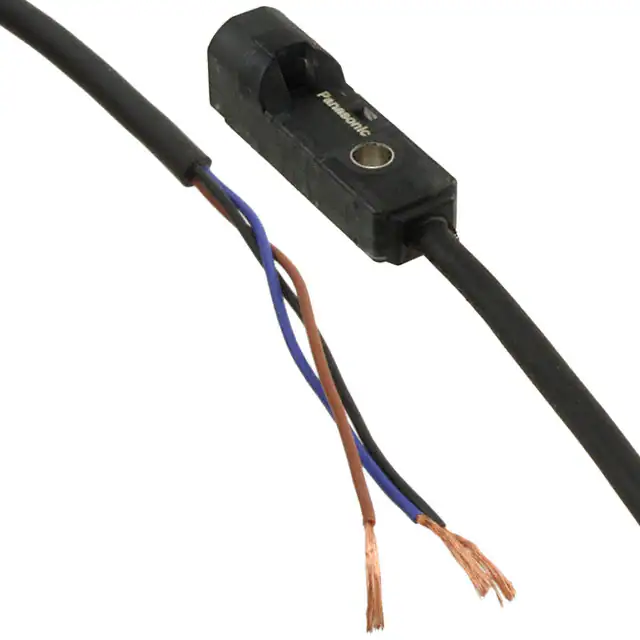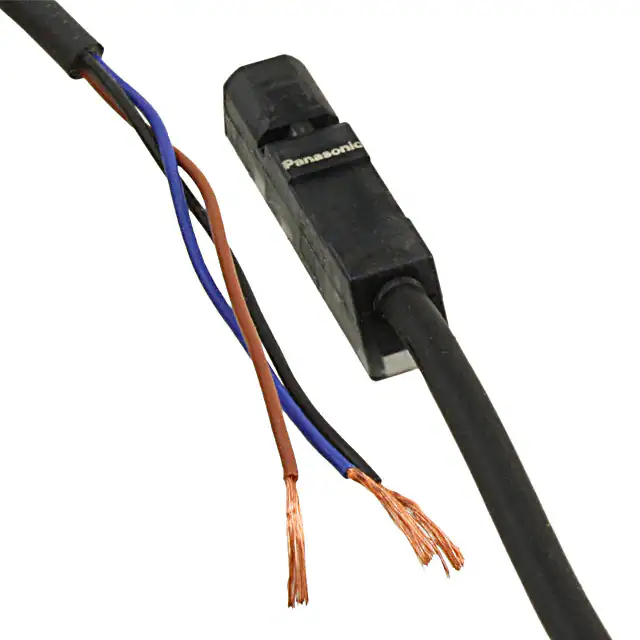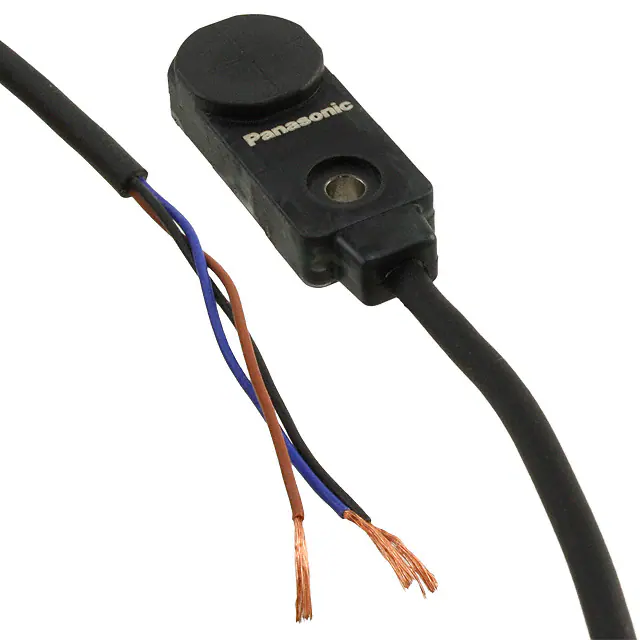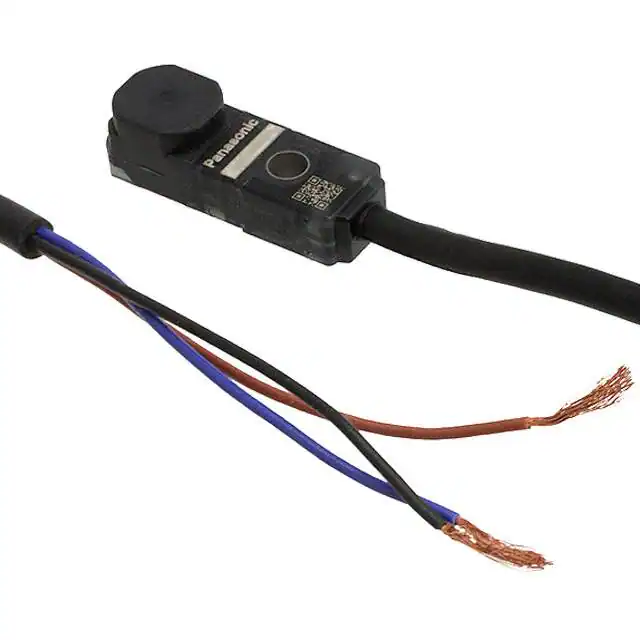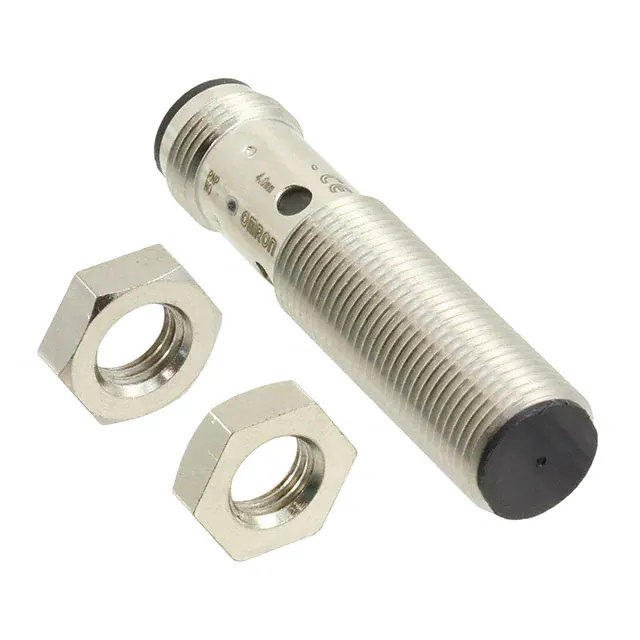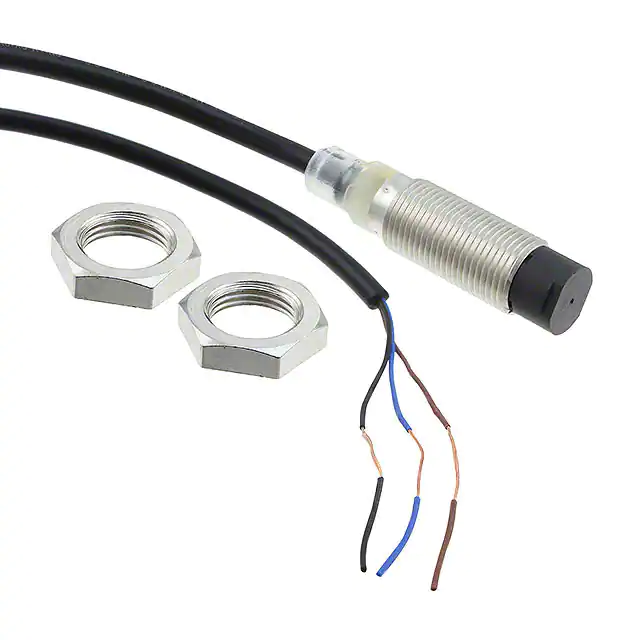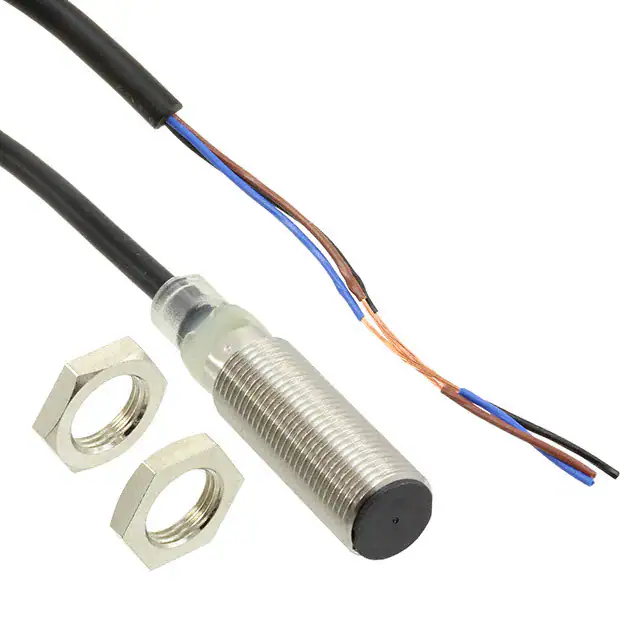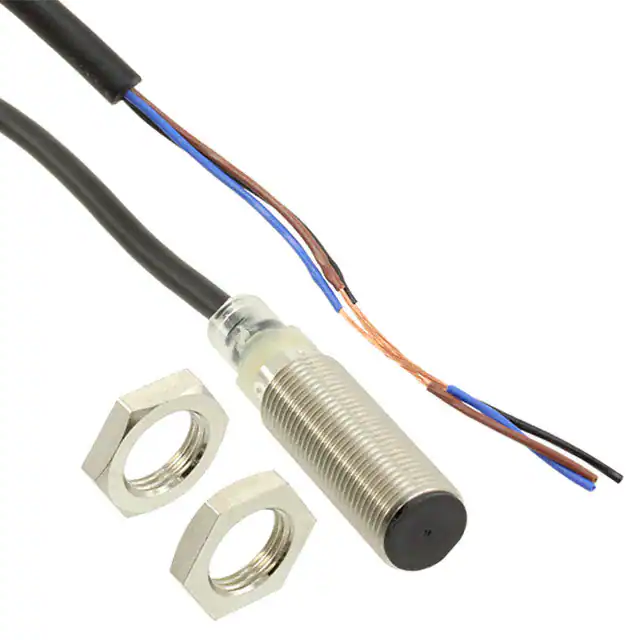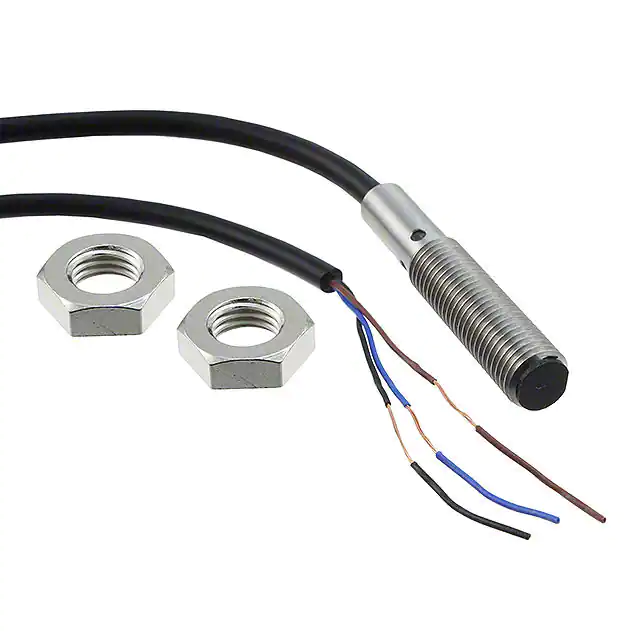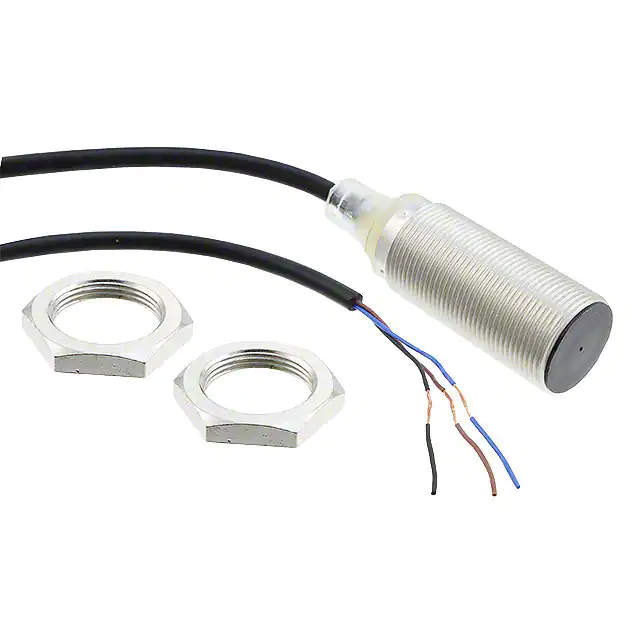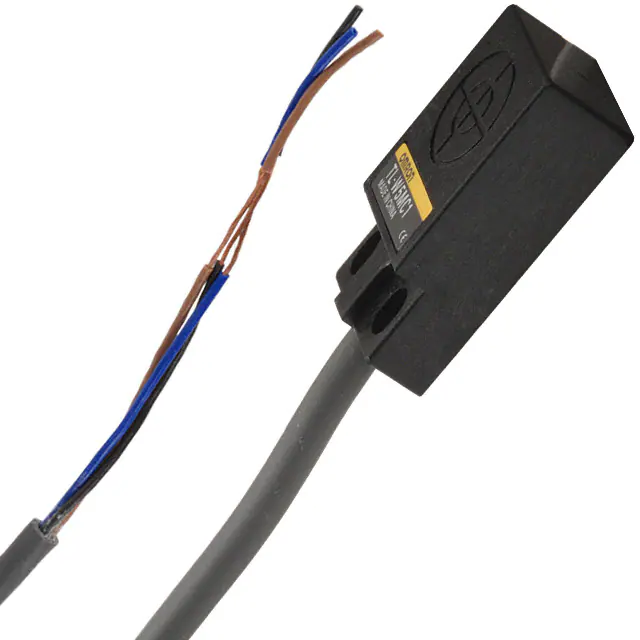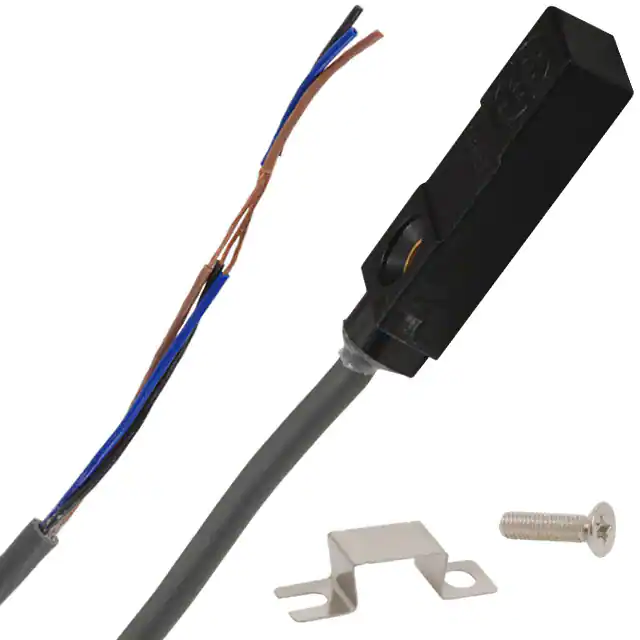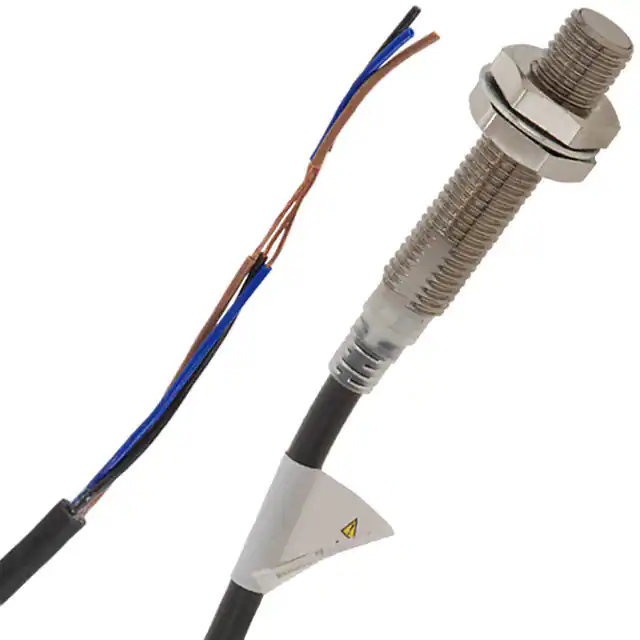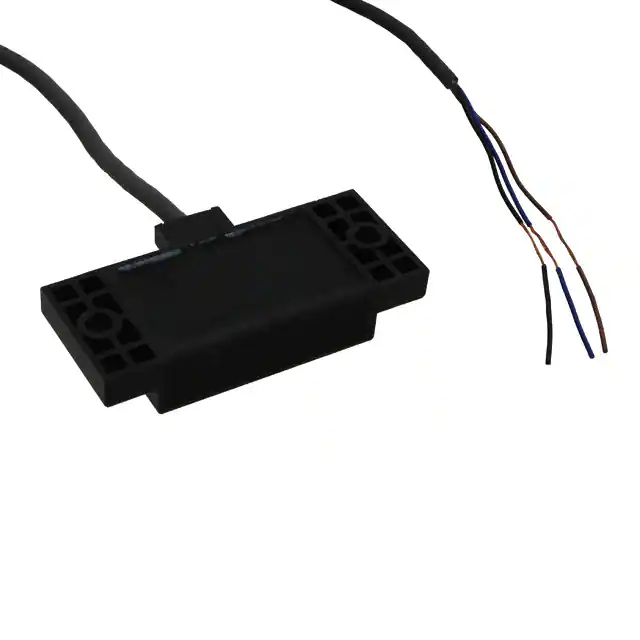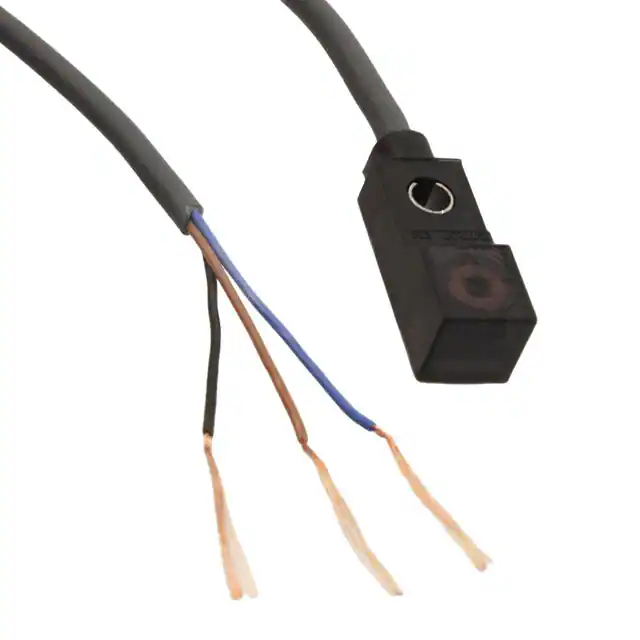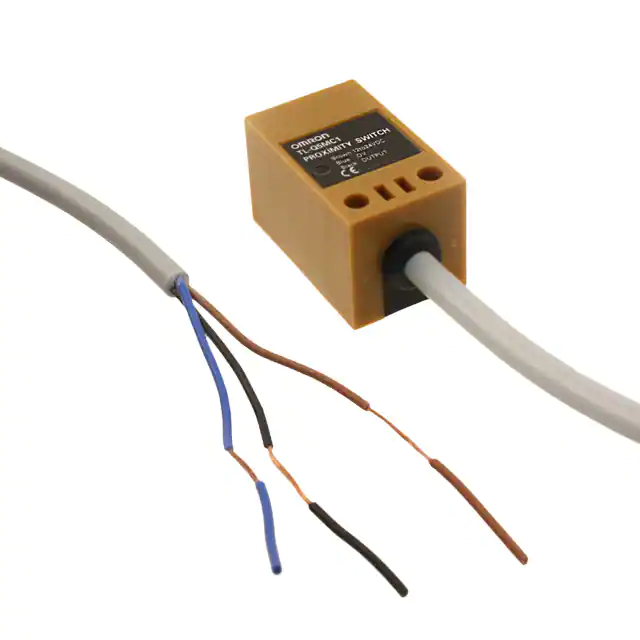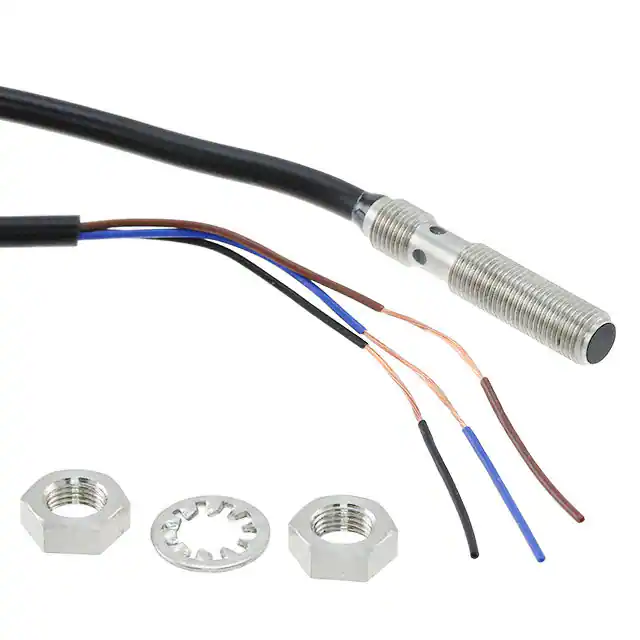The Ultimate Guide to the STM32F767NIH7 Microcontroller: Features, Applications, and Getting Started
The STM32F767NIH7 microcontroller is a powerful and versatile device that is ideal for a wide range of embedded applications. It offers a combination of high performance, low power consumption, and rich peripherals, making it suitable for projects that require advanced functionality and connectivity, such as industrial automation, IoT, robotics, and image processing.
In this guide, we will explore the key features of the STM32F767NIH7 microcontroller, its applications, and how to get started with programming and designing with it. We will cover the following topics:
Features of the STM32F767NIH7 Microcontroller
The STM32F767NIH7 is based on the ARM Cortex-M7 core with a clock speed of up to 216 MHz, which provides high processing power and low latency. It has 2 MB of Flash memory and 512 KB of SRAM, offering ample space for storing and running code, as well as data and variables.
The microcontroller also has a number of peripherals that can be used for various tasks, such as communication, sensing, and control. These include:
3x USARTs, 4x UARTs, 6x SPIs, 4x I2Cs, and 2x CANs for serial communication
2x ADCs with up to 24 channels and 16-bit resolution for analog sensing
2x DACs with 12-bit resolution for analog output
2x SDIOs, 1x Ethernet MAC, and 1x USB OTG for connectivity
1x FMC for external memory expansion
1x DMA controller and 1x QSPI for fast data transfer
The microcontroller also includes a number of security features, such as a True Random Number Generator (TRNG), a CRC calculation unit, and a secure boot and firmware upgrade mechanism.
Applications of the STM32F767NIH7 Microcontroller
The STM32F767NIH7 microcontroller can be used in a variety of applications that require high performance and connectivity, such as:
Industrial automation: The microcontroller can be used for controlling and monitoring various industrial processes, such as manufacturing, packaging, and transportation. It can interface with sensors, actuators, and communication protocols to provide real-time data and control.
IoT: The microcontroller can be used for building IoT devices that require connectivity to the cloud, such as smart homes, wearables, and environmental sensors. It can use Wi-Fi, Bluetooth, or cellular networks to transmit data and receive commands.
Robotics: The microcontroller can be used for controlling various types of robots, such as drones, rovers, and humanoid robots. It can interface with sensors, motors, and communication protocols to provide motion control and decision-making.
Image processing: The microcontroller can be used for processing various types of images, such as video, still, and 3D. It can use dedicated peripherals, such as the JPEG codec and the Chrom-ART accelerator, to perform complex operations, such as compression, filtering, and recognition.
Getting Started with STM32F767NIH7 Development
To get started with STM32F767NIH7 development, you will need the following hardware and software:
An STM32F767NIH7 development board, such as the STM32F767ZI-Nucleo or the STM32F767I-EVAL
A PC running Windows, Linux, or Mac OS X
An IDE for STM32 development, such as STM32CubeIDE or Atollic TrueSTUDIO
A USB cable for connecting the board to the PC
Optional peripherals and sensors, depending on your project requirements
Once you have the hardware and software ready, you can follow these steps to start programming and designing with the STM32F767NIH7:
1. Install the IDE and the STM32CubeMX software.
2. Create a new project and select the STM32F767NIH7 microcontroller as the target.
3. Configure the project settings, such as the clock, the pins, and the peripherals.
4. Generate the initialization code and build the project.
5. Connect the board to the PC via USB, and flash the code to the microcontroller.
6. Test and debug your code using the IDE's tools, such as the debugger, the console, and the oscilloscope.
There are also many online resources that can help you learn more about STM32F767NIH7 development, such as the STM32 community, the ST technical support, and the many tutorials and projects available online.
In conclusion, the STM32F767NIH7 microcontroller is a powerful and versatile device that offers high performance, low power consumption, and rich peripherals, making it suitable for a wide range of embedded applications. With its advanced features and connectivity options, it can help you create innovative and reliable solutions for your projects. By following the steps outlined in this guide, you can get started with programming and designing with STM32F767NIH7, and unleash its full potential.
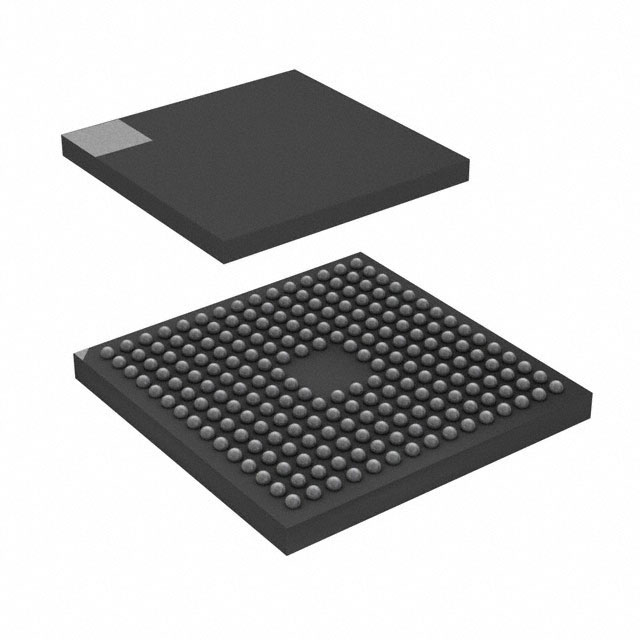
STM32F767NIH7
- Part Number :
- STM32F767NIH7
- Manufacturer :
- STMicroelectronics
- Description :
- IC MCU 32BIT 2MB FLASH 216TFBGA
- Datasheet :
-
 STM32F767NIH7.pdf
STM32F767NIH7.pdf
- Unit Price :
- Request a Quote
- In Stock :
- 2411
- Lead Time :
- To be Confirmed
- Quick Inquiry :
- - + Add To Cart
Request a Quote
STM32F767NIH7 Specifications
- Package/Case:
- 216-TFBGA
- Packaging:
- Tray
- Series:
- STM32F7
- ProductStatus:
- RoHS
- CoreProcessor:
- 216MHz
- CoreSize:
- 512K x 8
- Speed:
- 32-Bit
- Connectivity:
- -
- Peripherals:
- Active
- NumberofI/O:
- Brown-out Detect/Reset, DMA, I²S, LCD, POR, PWM, WDT
- ProgramMemorySize:
- CANbus, EBI/EMI, Ethernet, I²C, IrDA, LINbus, MMC/SD/SDIO, QSPI, SAI, SPDIF, SPI, UART/USART, USB OTG
- ProgramMemoryType:
- Surface Mount
- EEPROMSize:
- 168
- RAMSize:
- ARM® Cortex®-M7
- Voltage-Supply(Vcc/Vdd):
- A/D 24x12b; D/A 2x12b
- DataConverters:
- Internal
- OscillatorType:
- 2MB (2M x 8)
- OperatingTemperature:
- FLASH
- MountingType:
- -40°C ~ 105°C (TA)
STM32F767NIH7 Guarantees

-
Service Guarantees
We guarantee 100% customer satisfaction.
Our experienced sales team and tech support team back our services to satisfy all our customers.

-
Quality Guarantees
We provide 90 days warranty.
If the items you received were not in perfect quality, we would be responsible for your refund or replacement, but the items must be returned in their original condition.
Certified Quality
 View the Certificates
View the Certificates

